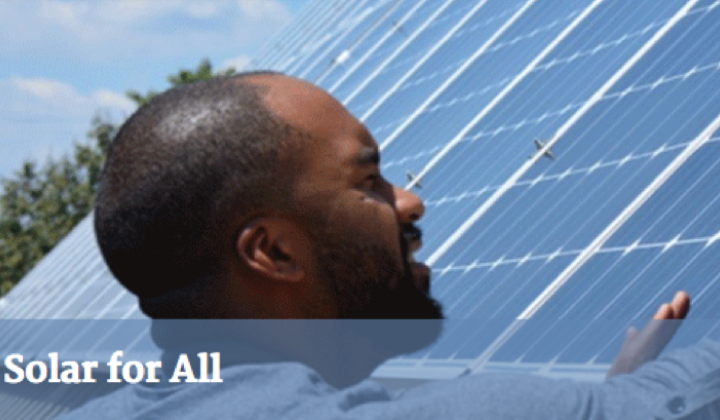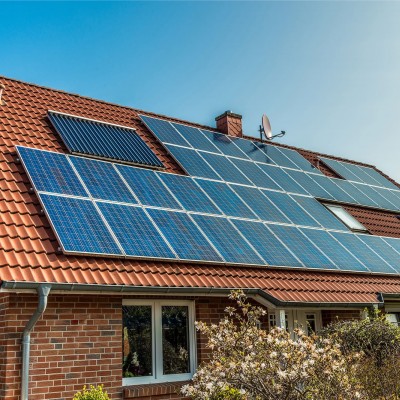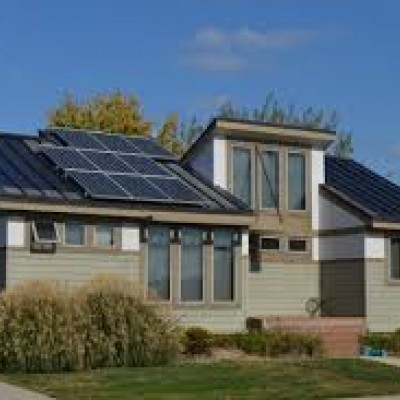The more distributed the energy sources, the more resilient the electric grid. The more rooftop solar, the less the country has to invest in costly new power plants, transmission lines and other forms of electricity infrastructure.
Last year, we reviewed numerous studies by utilities, public utility commissions and independent groups that showed the net value of these and other benefits of rooftop solar. The report, “Shining Rewards: The Value of Rooftop Solar Power for Consumers and Society,” found that the median value of solar power across all of the analyses was nearly 17 cents per unit compared with the nation’s average retail electricity rate of about 12 cents. In other words, solar panel owners are givers, not takers.
More recently, analyses by the Brookings Institute, the Natural Resources Defense Council and SolarCity all reached similar conclusions: The benefits of rooftop solar outweigh the costs.
Our nation’s capacity for rooftop solar is as vast as its benefits are well-documented. For example, in February we found that utilizing the roof space of the nation’s big-box stores and shopping malls could nearly triple U.S. solar capacity. And in March, the National Renewable Energy Laboratory found that existing roof space in the U.S. could supply 39% of the nation’s electricity needs.
Americans who want to go solar are too often confronted by an opaque permitting process or high upfront costs. Net metering and interconnection programs, tax incentives, and financing programs can all offset costs and reward solar owners for the benefits they provide to all electric customers. Streamlined permitting procedures, third-party sales and community solar programs can help open up rooftop solar to more American homes and businesses than ever before.
The private sector has an important role to play, too. Four of the top five home construction firms now include solar panels on every new home in certain markets. IKEA, Walmart and other companies with vast rooftop real estate have made bold commitments to put solar on their roofs.
As readers know, utilities from Florida to Nevada to California have fought tooth and nail to weaken not just net metering, but also other policies to encourage rooftop solar. That’s because distributed solar represents a direct threat to their business model of centrally owned and operated electricity. Frequently, these utilities are part of a vast network of special-interest groups backed by the Koch brothers and others.
To meet the challenge posed by climate change, we need rooftop panels as much as we need large utility-scale solar plants. Confronting the power of the utilities means tapping into inherent American support for solar and doing all we can to make solar on roofs just as marvelous as the nation’s largest solar plant.
Rob Sargent is senior energy program director at advocacy organization Environment America.
This post first appeared in Solar Industry Magazine.



